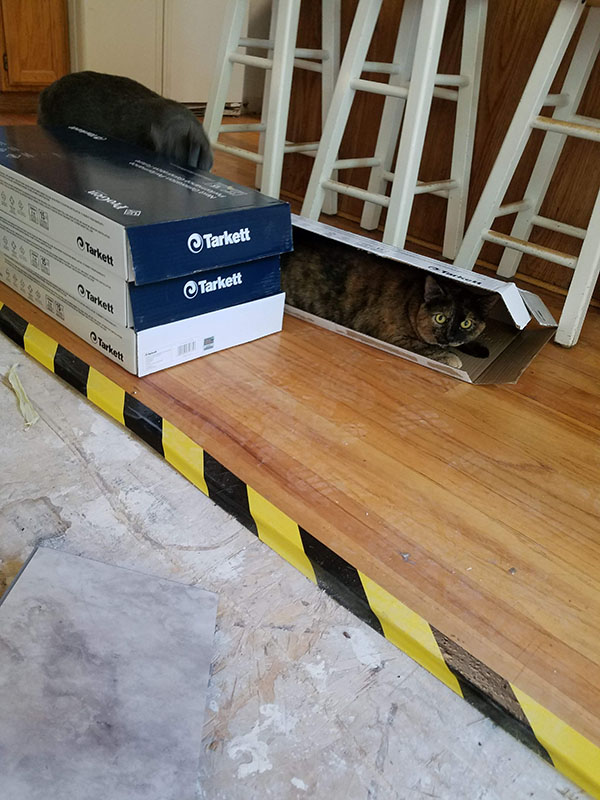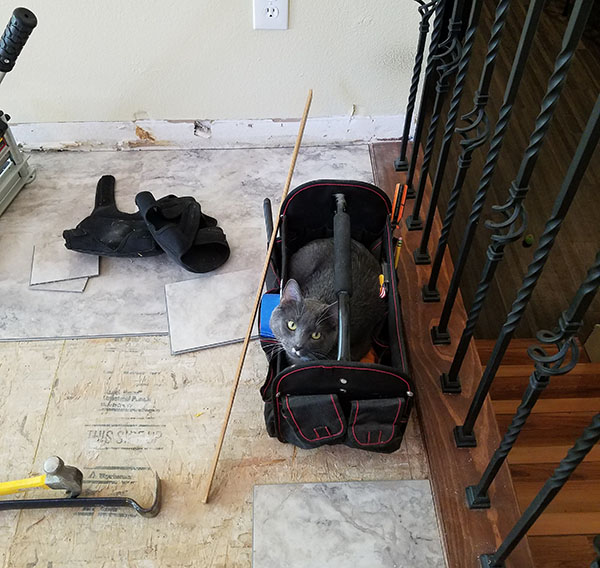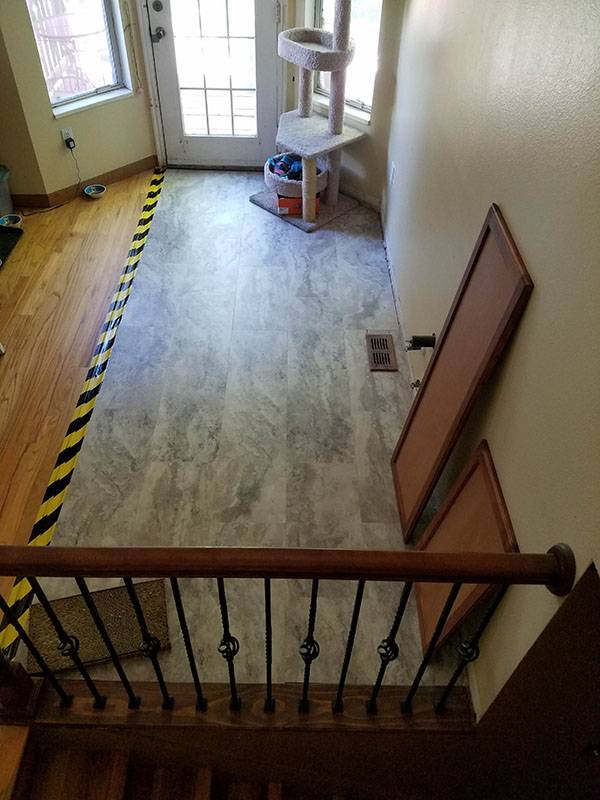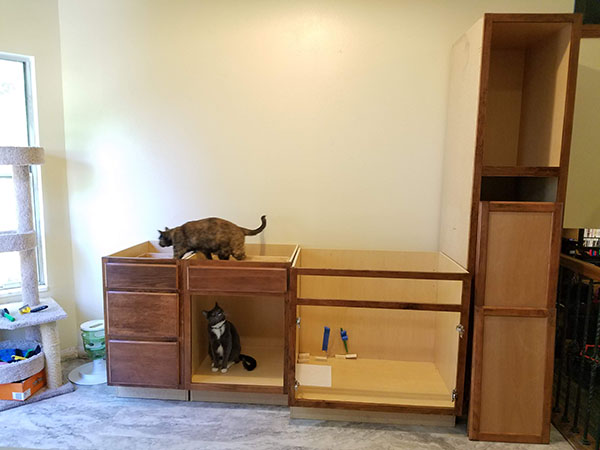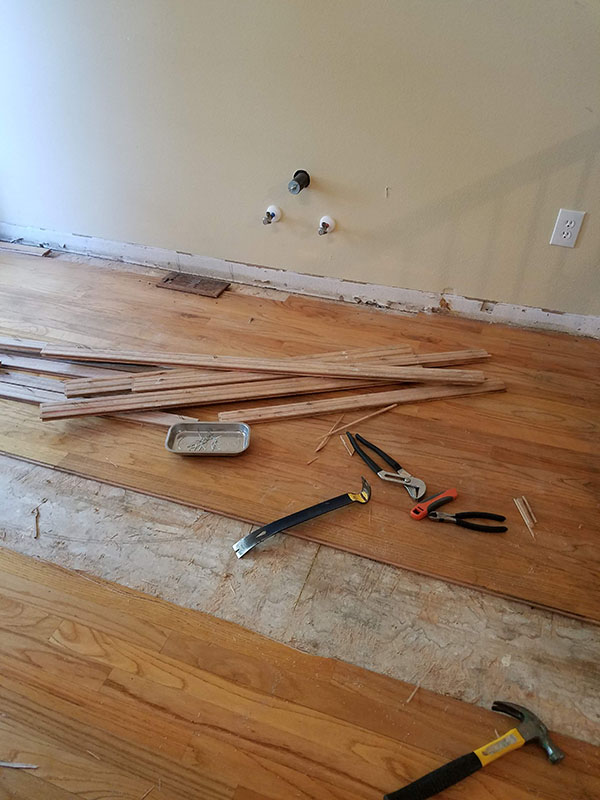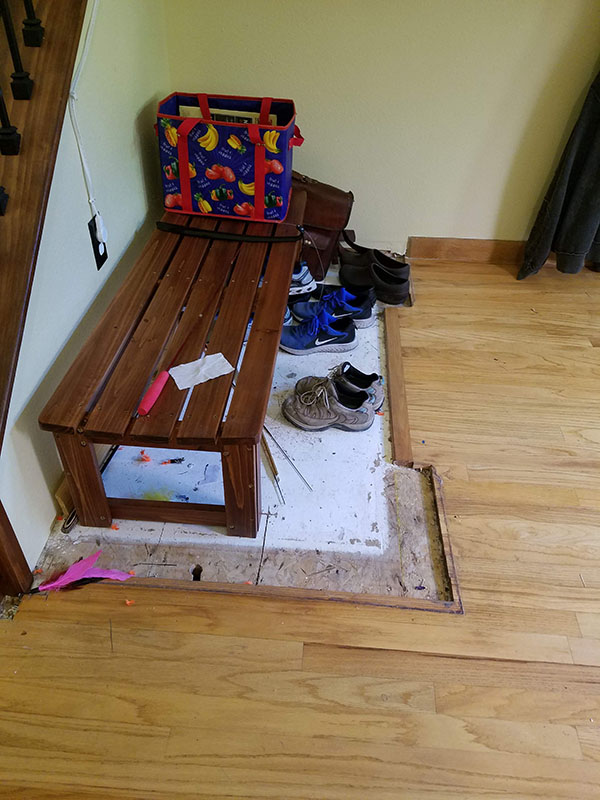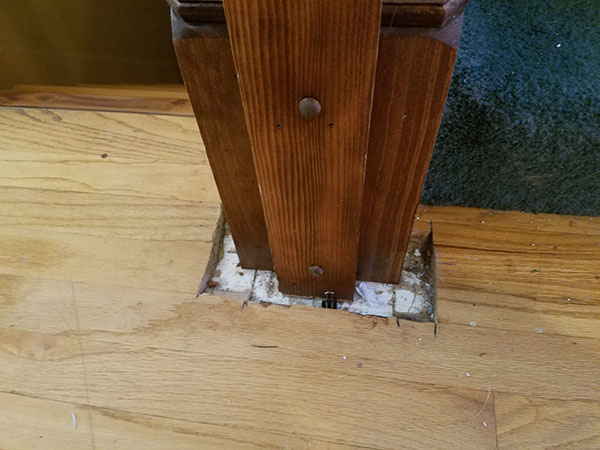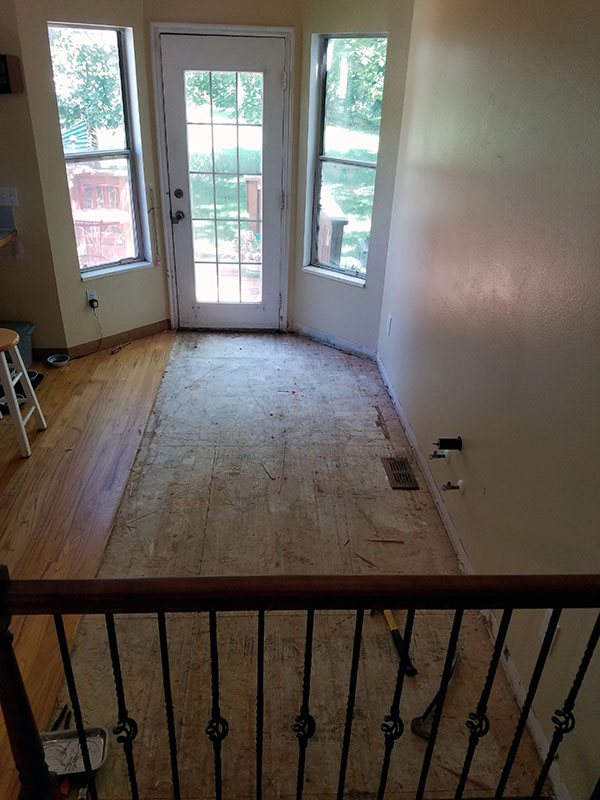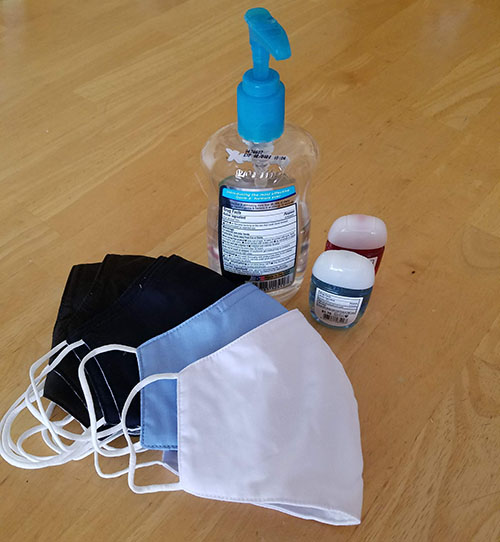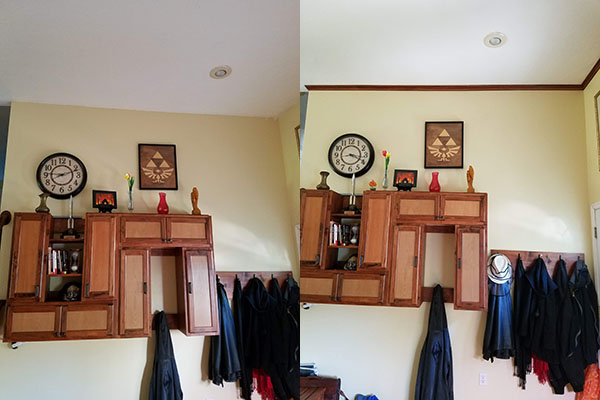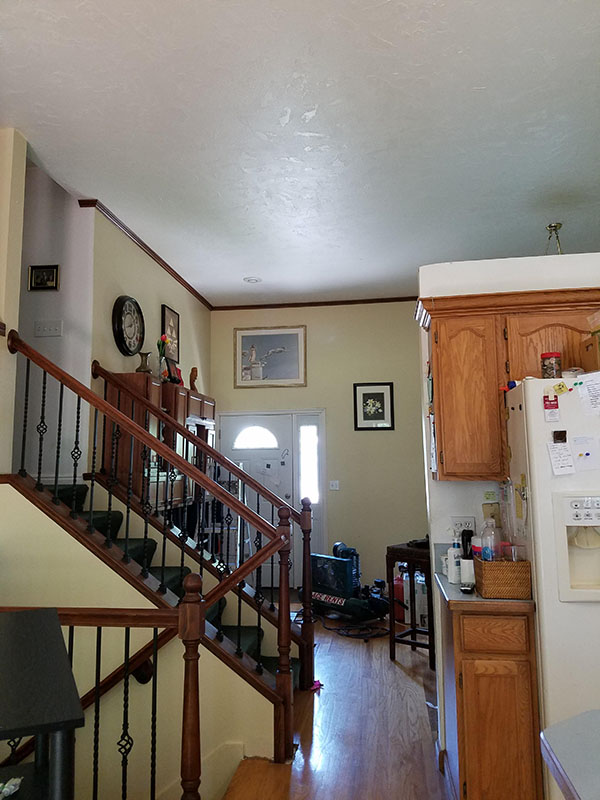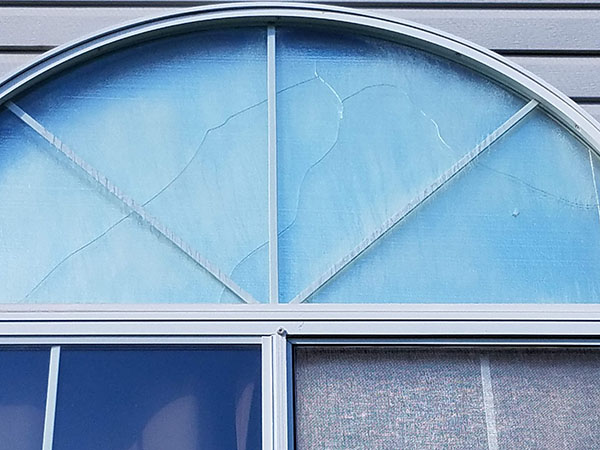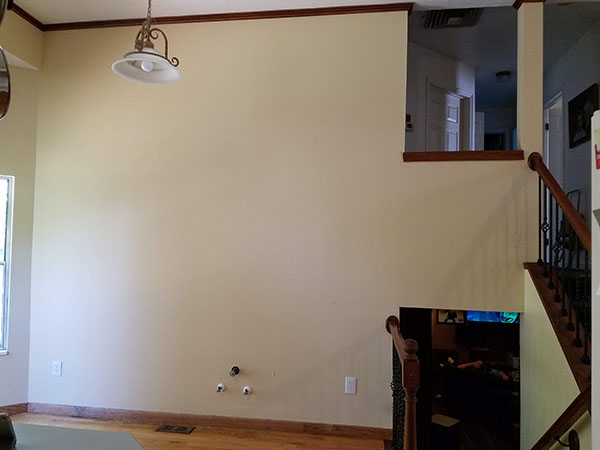Upside Down Summer Days
In the summer my days are upside down. Mornings are when I’m most able to be mentally focused on complex tasks. It is when I can tear through a pile of emails and answer them all. It is when I can sit down with a book design project and really get into the flow of it. It is when I can find the words of a scene, or write a blog post, or solve a plot problem. Mornings are my best thinking time. Afternoons are better devoted to tasks that are physical or rote. The type of work which just needs me to put in the time without requiring much available brain. Because I have less brain available in the afternoon. I used it all up in the morning. However the summer weather works against me. Gardening and home renovation projects are perfect for my afternoon brain, however afternoon temperatures in August in Utah are 95 degrees. Much too hot for me to engage in physical labor outdoors or in the garage. If I want to work on my patio project, it has to be the first thing I do in the day. If I want to stain trim, I have to get it done before the sun heats up the garage. These soothing low-brain tasks end up using time and energy during my best braining hours. This leaves me trying to do thinky tasks in the afternoons when thinking is like slogging uphill through mud.
(Amusing side note, my spell checker objects to the word thinky but not the word braining. Even though I know that both are me abusing standard usage.)
This upside-downness of summer is contributing to my restlessness these past few weeks. It wasn’t so bad in June and July because the pace of life was still pandemic slow. Days were long and I ended up with hours for my thoughts to spool slowly. The past few weeks have not been slow. We’ve had more store orders, more customer support, more home improvement work, more appointments, more school prep, more paperwork to never have to deal with school again, then even more appointments to dive into GED prep. On top of all that other more-ness, I’ve been doing work to update my websites in preparation for some new ventures. New ventures require emotional energy for me to believe in myself enough to launch them. The end result is that I am greatly looking forward to the weather cooling off a bit so I can put my low-brain activities back into the afternoon where they belong.
